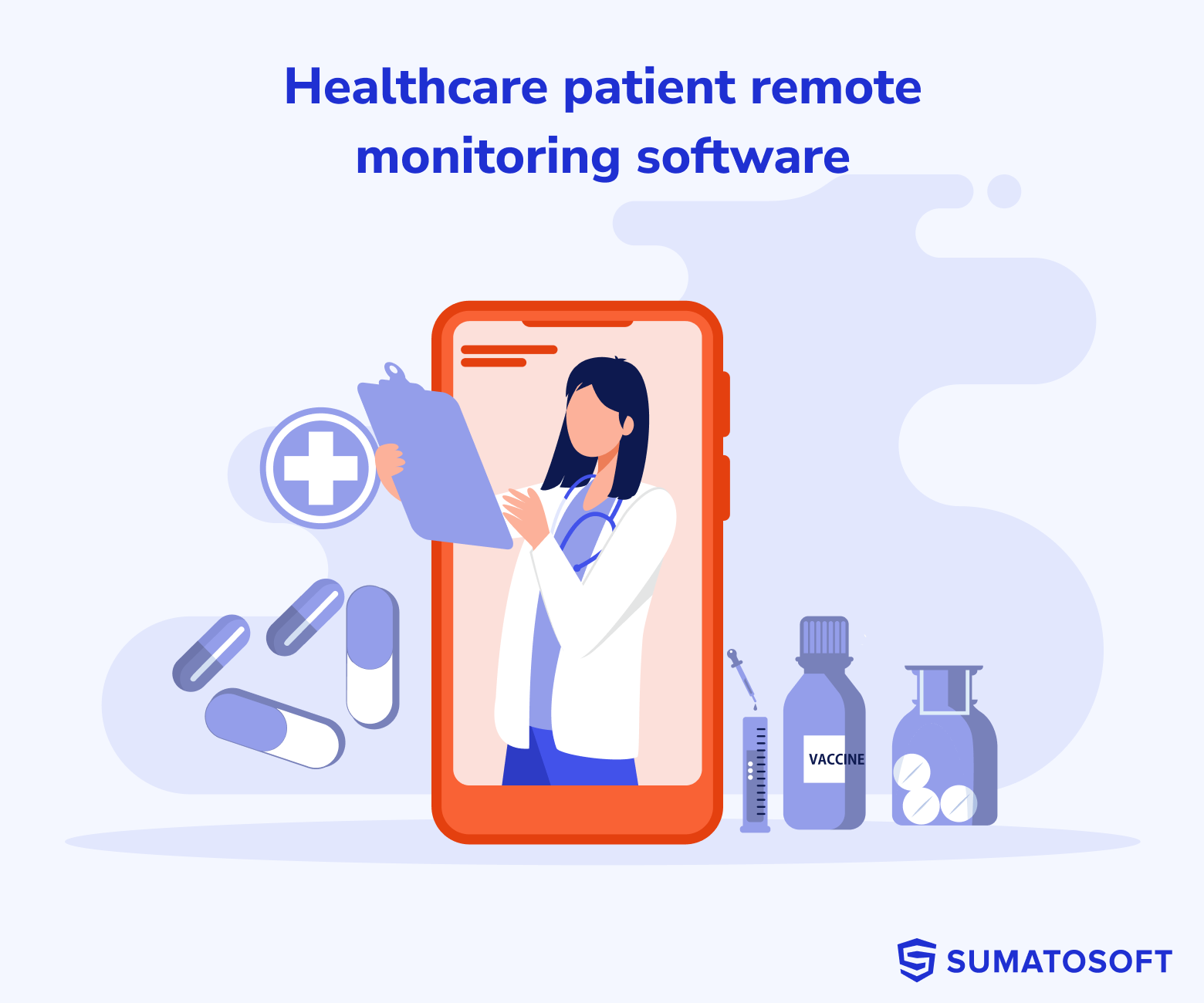Choosing the Best Remote Patient Monitoring Software: Trick Considerations
Choosing the Best Remote Patient Monitoring Software: Trick Considerations
Blog Article
The Future of Health Care: Remote Client Keeping Track Of Simplified
As medical care continues to evolve, one area that holds tremendous assurance is remote patient monitoring. With a focus on boosting patient end results and simplifying healthcare shipment, remote monitoring is positioned to change the market.
Benefits of Remote Client Tracking
Remote person monitoring offers a multitude of benefits for both doctor and patients alike. One considerable benefit is the ability to continuously keep an eye on patients' vital indications and wellness information from another location. This real-time tracking makes it possible for healthcare providers to identify any type of concerning changes or patterns without delay, leading to very early interventions and potentially avoiding medical emergencies. In addition, remote person surveillance improves the total top quality of treatment by offering an extra alternative and extensive sight of people' health and wellness status beyond traditional in-person sees.
Additionally, remote person surveillance can lead to better client results and contentment. Clients can appreciate the ease of obtaining care in the comfort of their very own homes while still understanding that their health is being very closely checked. This can result in increased client interaction and adherence to therapy strategies, inevitably leading to better health and wellness end results. Additionally, remote tracking can decrease the demand for regular medical facility brows through, lowering medical care costs for both carriers and patients. On the whole, the benefits of remote client surveillance are clear, making it a useful tool in modern health care distribution.
Modern Technology Driving Remote Tracking
In the world of modern-day healthcare, technological improvements play a critical role in driving the development and efficiency of remote client tracking. The integration of ingenious innovations such as wearable devices, mobile applications, and cloud-based platforms has revolutionized the means doctor from another location handle and check client wellness - remote patient monitoring software. These technologies make it possible for constant real-time monitoring of important signs, medicine adherence, and various other essential health information, enabling timely treatments and individualized care strategies
One secret technology driving remote tracking is the Internet of Things (IoT), which allows seamless connectivity in between medical tools and medical care systems. IoT devices such as smartwatches and cordless sensing units collect and send person information to centralized systems, assisting in remote monitoring from anywhere in the world. Expert system (AI) and machine learning formulas even more boost remote tracking by assessing vast amounts of person data to identify patterns, forecast health and wellness trends, and sharp doctor to potential issues.
Impact on Medical Care Shipment
With the assimilation of advanced modern technologies driving remote individual monitoring, the impact on healthcare distribution is coming to be transformative and progressively extensive. Remote individual surveillance allows doctor to use more proactive and tailored treatment to clients, resulting in boosted health and wellness outcomes and decreased healthcare facility admissions. By from another location tracking crucial indicators, signs and symptoms, and medicine adherence, healthcare professionals can intervene early, avoiding issues and boosting the overall high quality of treatment.
In addition, remote surveillance enhances access to healthcare solutions, particularly for individuals in rural or underserved locations. People can receive continuous tracking and support from their homes, getting rid of the need for regular in-person sees. This not only conserves time and minimizes expenses for both individuals and healthcare facilities however likewise minimizes the threat of exposure to infectious conditions, a critical consideration in the present health care landscape.
Additionally, remote person monitoring makes it possible for health care providers to far better prioritize and assign sources treatment based on real-time data. By identifying risky clients and intervening quickly, medical care distribution becomes much more reliable and efficient, ultimately leading to a more sustainable and patient-centered healthcare system.
Improving Patient Results

Furthermore, RPM allows for positive management of chronic conditions, reducing the probability of severe worsenings check my source and hospital readmissions. Patients gain from raised comfort and comfort, as they can obtain care in their very own homes while staying linked to their healthcare service providers. This continuous surveillance not just improves client complete satisfaction but also cultivates a sense of empowerment and engagement in their own wellness administration.
Future Trends in Remote Surveillance
Embracing innovative innovations in remote person monitoring is shaping the future landscape of health care distribution. One significant fad is the raised use of wearable tools and sensing units to gather real-time data, enabling medical care service providers to monitor clients constantly without the requirement for frequent in-person check outs.

Additionally, telehealth systems are becoming more innovative, permitting for online consultations, remote medical diagnosis, and remote client monitoring done in one integrated system (software for remote patient monitoring). This holistic technique to remote surveillance is enhancing health care shipment, boosting patient contentment, and eventually, boosting overall high quality of treatment
Conclusion
Finally, remote person surveillance offers many benefits in medical care delivery, driven by improvements in technology. It has the possible to improve individual outcomes and transform the means medical care is delivered. Future patterns in remote surveillance will continue to shape the landscape of healthcare, supplying chances for even more individualized and efficient client care.
Remote person hop over to here monitoring provides a multitude of advantages for both healthcare providers and people alike. In addition, remote person surveillance improves the general quality of treatment by offering a much more alternative and extensive view of patients' health and wellness condition beyond typical in-person gos to.
Additionally, remote client surveillance can lead to better individual end results and fulfillment. Remote individual surveillance permits health care companies to supply even more tailored and positive treatment to individuals, leading to improved health and wellness results and lowered medical facility admissions. Remote client monitoring (RPM) plays a significant duty in enhancing patient results by giving continuous, real-time data that allows health care companies to intervene immediately and readjust therapy strategies as needed.
Report this page